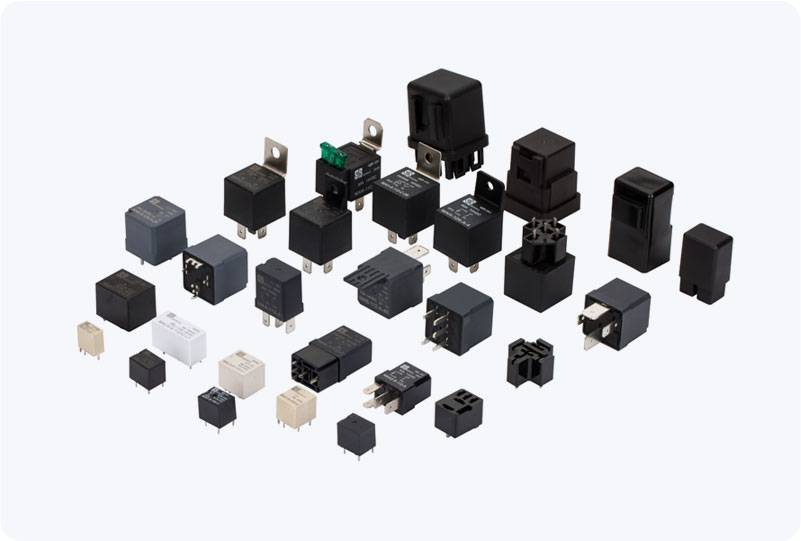In the rapidly expanding world of the Internet of Things (IoT), the need for seamless communication between devices is essential for the proper functioning of smart homes, industries, agriculture, and various other sectors. One of the key components that enable effective communication in IoT networks is the IoT Communication Relay Module. This article will explore the role of relay modules in enhancing connectivity, the different types available, and their applications across various domains.

What is an IoT Communication Relay Module? An IoT Communication Relay Module is a device that acts as an intermediary or a bridge between two or more IoT devices to extend their communication range and improve signal reliability. It receives a signal from a source device and relays or amplifies it to another device, ensuring that the communication is uninterrupted even in cases where direct communication between devices may be hindered due to distance, interference, or physical obstacles. Relay modules are often used in wireless networks where devices need to communicate over large distances, in environments where obstacles such as walls or metal structures can block or degrade the signal. These modules are available in various communication technologies, including Wi-Fi, Zigbee, LoRa, and Bluetooth, to cater to the specific needs of different IoT applications.